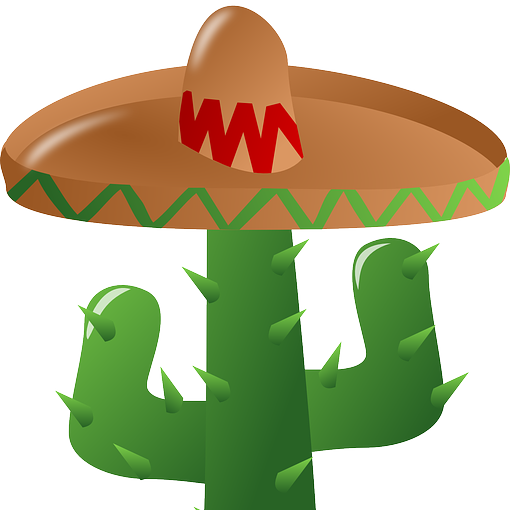Mexico culture is a rich and diverse tapestry that reflects the country’s long and complex history. From ancient civilizations to modern influences, Mexican culture is a fusion of indigenous traditions and Spanish colonial heritage. In this article, we will explore various aspects of Mexico’s vibrant culture.
1. Language
The official language of Mexico is Spanish, which was introduced during the Spanish conquest in the 16th century. However, Mexico is also home to a large number of indigenous languages, such as Nahuatl, Maya, and Zapotec. These languages are still spoken by indigenous communities, preserving their ancient cultural heritage.
2. Cuisine
Mexican cuisine is renowned worldwide for its bold flavors and unique ingredients. Traditional Mexican dishes often include corn, beans, chili peppers, tomatoes, and avocados. Some famous Mexican dishes include tacos, enchiladas, tamales, and guacamole. Mexican cuisine is also known for its diverse range of salsas and moles, which vary in spiciness and ingredients.
3. Festivals
Mexico is famous for its vibrant and colorful festivals, which celebrate various aspects of Mexican culture and history. One of the most well-known festivals is Dia de los Muertos (Day of the Dead), which takes place on November 1st and 2nd. During this festival, families gather to honor and remember their deceased loved ones through elaborate altars, sugar skulls, and marigold decorations.
Another popular festival is Cinco de Mayo, which commemorates the Mexican army’s victory over the French Empire in the Battle of Puebla. Contrary to popular belief, Cinco de Mayo is not Mexico’s Independence Day, but it is still widely celebrated in Mexico and the United States with parades, music, and traditional Mexican food.
4. Art and Architecture
Mexican art and architecture have a rich history that dates back thousands of years. The ancient Mayan and Aztec civilizations left behind impressive ruins, such as Chichen Itza and Teotihuacan, which showcase their advanced architectural and engineering skills.
During the colonial period, Spanish influence brought Baroque and Neoclassical styles to Mexico. The historic center of Mexico City, with its stunning cathedrals and palaces, is a UNESCO World Heritage site. Mexican muralism, led by artists like Diego Rivera and David Alfaro Siqueiros, is another significant artistic movement that emerged in the early 20th century.
5. Music and Dance
Music and dance play a vital role in Mexican culture, reflecting the country’s diverse regional traditions. Mariachi, a traditional Mexican music genre, is often associated with Mexico’s cultural identity. Mariachi bands typically consist of violins, trumpets, guitars, and a vihuela (a small five-string guitar).
Folk dances, such as the Jarabe Tapatío (Mexican Hat Dance) and the Danza de los Voladores (Dance of the Flyers), are performed during festivals and celebrations. These dances showcase the colorful costumes and lively movements that are characteristic of Mexican folk traditions.
6. Sports
Football (soccer) is the most popular sport in Mexico, with a passionate fan base and a strong national team. Mexico has participated in numerous FIFA World Cup tournaments and has a rich footballing history. Other popular sports in Mexico include boxing, baseball, and wrestling (lucha libre).
Conclusion
Mexico culture is a fascinating blend of ancient traditions and modern influences. From its diverse cuisine and vibrant festivals to its rich artistic heritage and passionate sports culture, Mexico offers a unique and captivating experience for both locals and visitors. Exploring Mexico’s culture is like embarking on a journey through time, where the past intertwines with the present, creating a vibrant tapestry that is truly one-of-a-kind.
